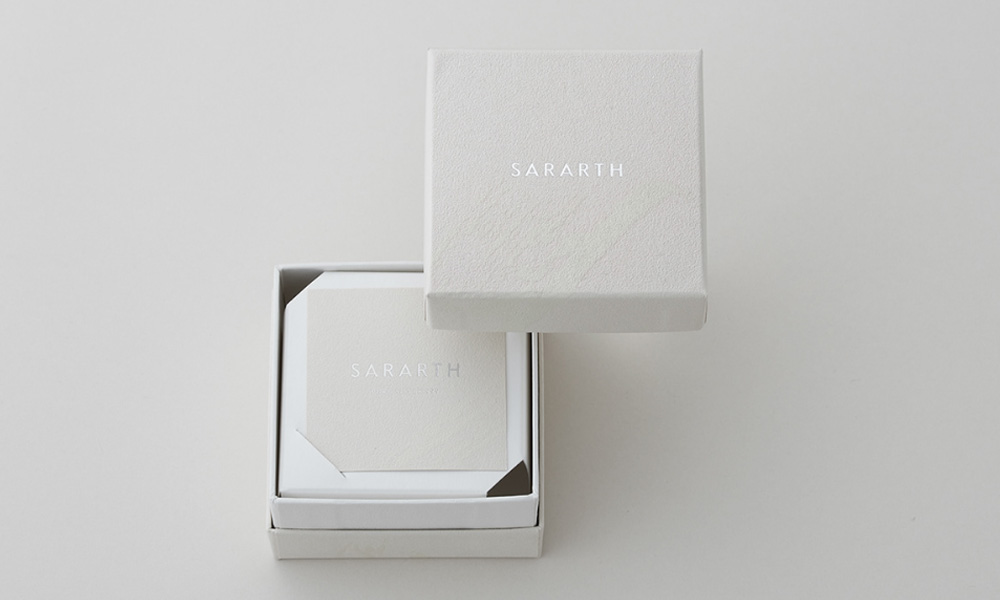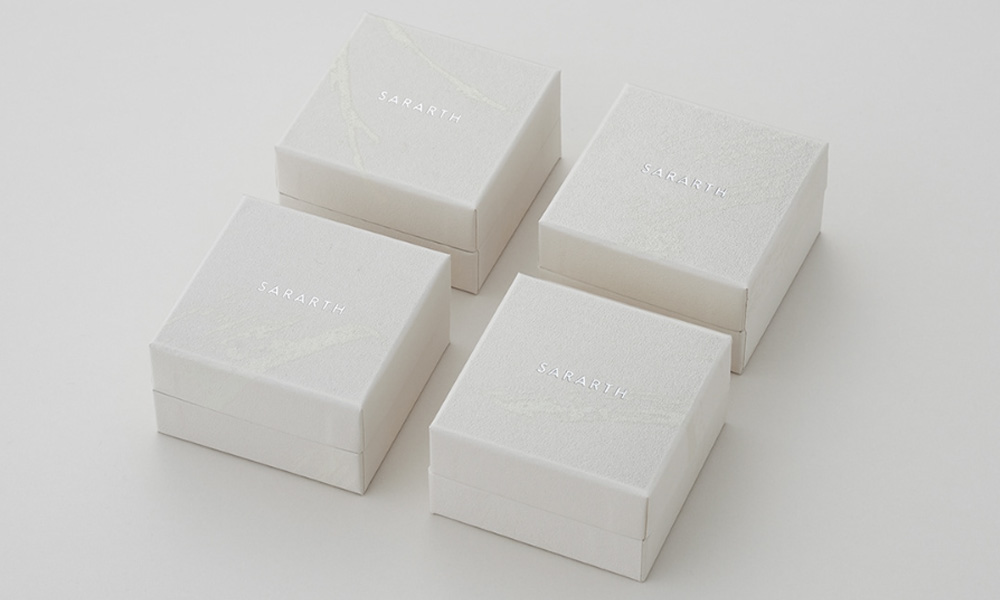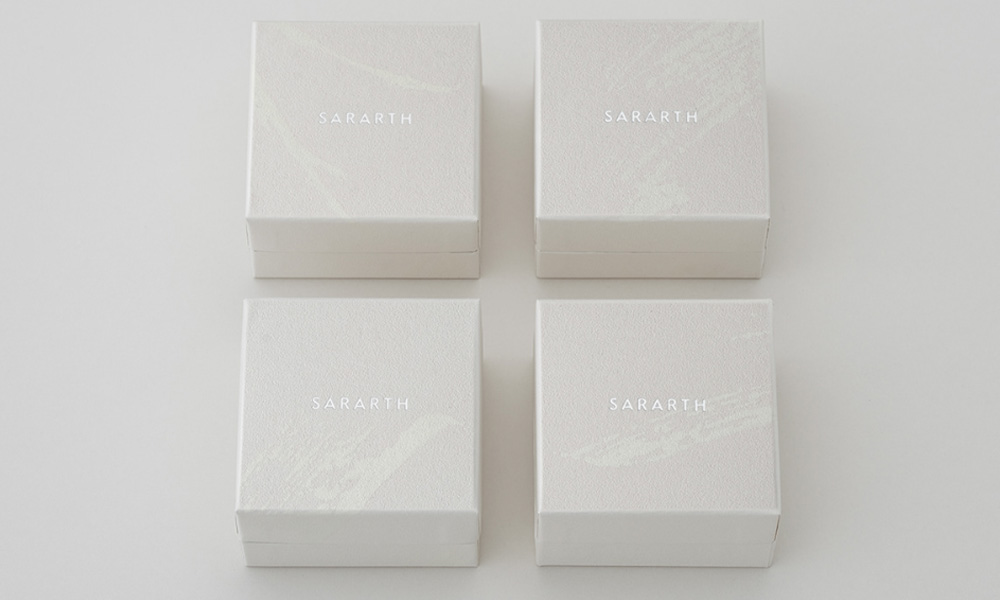How Does Sustainable Packaging Change the Future of Packaging
How Does Sustainable Packaging Change the Future of Packaging
Companies across industries—from food and beverage, to beauty, and beyond—are shifting toward sustainability, with many aspects of the environmental movement finding their way into packaging: reducing materials, limiting plastic, and promoting other green initiatives. Packaging is often the first tangible connection between a product and the consumer, and as such, it makes a strong impression. Therefore, implementing sustainable packaging isn’t only about being environmentally responsible. It can also help distinguish your brand from others by appealing to the ever-growing number of eco-friendly consumers.
- Introduction: What is Sustainable Packaging?
Some common sustainable packaging materials include recycled paper, plant-based plastics, and starch-based plastics.
- What are the Advantages of Sustainable Packaging?
The advantages of sustainable packaging are many and varied. There are many different types of eco-friendly packaging, so there is something for every company to use. The most common type is paperboard with a plastic sleeve on top to protect the product from moisture and other elements like grease that can cause problems when handling products at grocery stores or restaurants.
- Implements Right-Size Packaging
Notably, in 2015, retail shippers changed policies to charge by the dimension or weight of packages. This put the responsibility on companies to rethink their packaging. With added space in their cartons and boxes, they were, essentially, paying higher rates to ship air along with their products.
Even if changing your entire packaging to more sustainable options is not presently feasible for your company, enlisting lighter-weight materials is a sustainability best practice. Less weight reduces transportation costs. Just be certain your choices provide sufficient protection and remain durable enough to handle shipment and storage.
- Limits Your Carbon Footprint
Carbon emissions can occur at any point in the production or packaging process. So not only do you want to minimize the use of petroleum-based products, but you’ll need to reconsider the energy sources producing your packaging materials and how you ship your products.
Consumption of paper-based products also encourages reforestation and incentivizes landowners to keep their properties forested, presuming they are sustainably managed. Trees naturally store carbon, reducing the amount of greenhouse gasses in the atmosphere. To ensure products are sustainably produced, look for certifications by the nonprofit Forest Stewardship Council (FSC), Sustainable Forest Initiative (SFI), or Programme for the Endorsement of Forest Certification (PEFC).
- Reduces the Amount of Plastic in the World
Using alternatives such as paperboard or sugarcane board for your packaging materials assures customers that what protects your products also comes from a renewable resource. It also costs more to dispose of less environmentally conscious materials.
- Sustainable Alternatives Have Few Allergens & Toxins
Avoiding potentially unsafe ingredients in your packaging means one less thing to keep your C-suite awake at night. Eco-friendly components also reassure consumers increasingly concerned about the impacts of petroleum-based products —including microplastics in our food—that you genuinely care about their health and safety.
- Builds Brand Affinity With Eco-friendly Consumers
People identify with brands that reflect their values and shy away from those that don’t. Not only do people view this as a matter of personal integrity, but they want their consumer purchases to inspire their friends and family to make changes as well.
It can be difficult for people to find an affordable product that doesn’t have a negative effect on the environment. Your company’s adoption of more sustainable packaging helps make consumers’ choices easier.
Going green with your packaging materials shrinks your carbon footprint, reduces the amount of plastics in the world, improves your revenue streams, and establishes your brand as a forward-looking company capable of bringing about real, positive change in your respective markets, and in the world.
- How to Choose a Sustainable Package Design for Your Product?
The following article will discuss the importance of sustainable package design and how you can choose an eco-friendly package design for your product.
- Conclusion: The Future of Packaging is Here and It's Sustainable
Packaging has always been an important aspect of the food industry, but recently there’s been a shift in the way we package our food. Sustainable packaging is becoming more popular because it’s better for both people and the environment. This article will explore what sustainable packaging means and why it’s important to us all.



